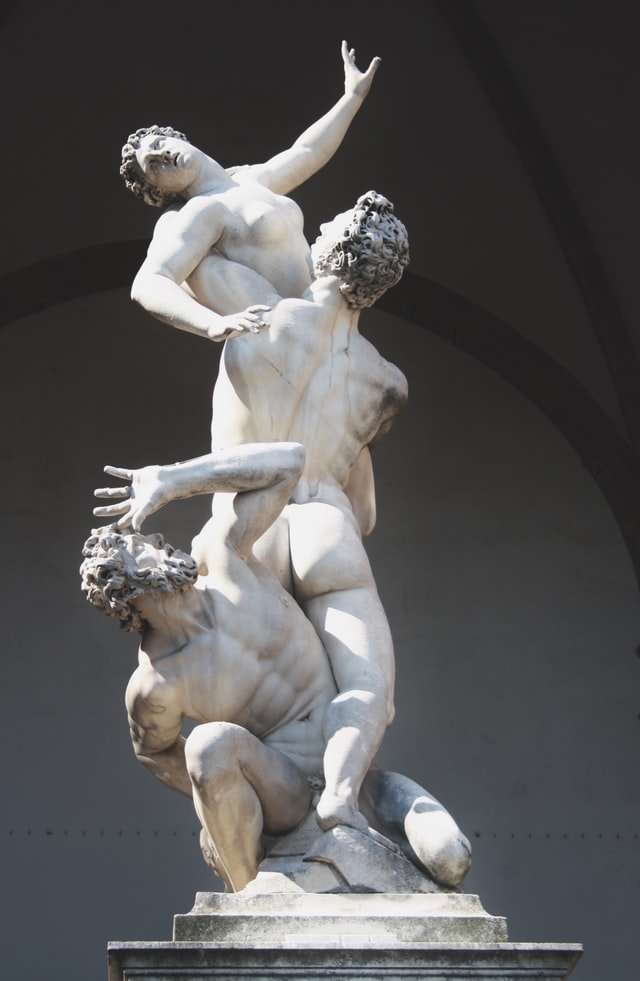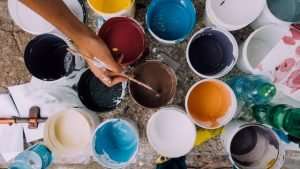Inspecting a piece of artwork is much more than simply looking at it or even taking it in for the first time. When you come across an original piece of art in your home, the most important thing to do is to take the time to properly inspect it. This process can be quite complex, but once you learn how to conduct a proper inspection, you will be able to make wise decisions about what you are looking at and what that painting could mean for your home.
“If you are interested in buying a work of art, but not an expert in the field, it is essential that you have the artwork examined by a qualified expert. If you don’t, you may find yourself in possession of a fake or forgery.”
Concept Art: How To Inspect Artwork
If you are interested in buying a work of art, but not an expert in the field, it is essential that you have the artwork examined by a qualified expert. If you don’t, you may find yourself in possession of a fake or forgery. There are many schools of thought on what makes an original piece of art, with some experts saying that if the artist’s signature is forged on the painting or sculpture then it’s not authentic; while others say that even if there has been some manipulation to make it look like the artist signed it, it’s still considered authentic, so long as the artist did touch or create at least part of it. Here we will discuss methods of inspection to determine authenticity.
A good place to start would be to examine any documentation that comes with the piece such as appraisal letters and certificates. These should indicate when and where and from whom the piece was purchased and by whom. Having this information allows one to research auction records to
It is important to note that when you are looking at a piece of artwork, the first impression is usually not the one that will stick with you. A buyer has only a few seconds to inspect a piece of art and therefore it is important to know how to properly look at art.
A buyer should start by inspecting the surface of the canvas or paper, paying attention to any cracks or tears in the painting. The next step is to inspect the stretcher bars. If they are protruding through the canvas then there is a chance that they might damage other artwork when hung on a wall with other pieces. The stretcher bars should also be straight and appear to be made from high quality wood. Inspecting for corner joints should also be done as it can give an insight into how long ago the artwork was painted as well as showing if there were any structural or structural changes made to it.
Tilt your head slightly and let your eyes move across the work of art from top left to bottom right following the direction in which you read; this will help you see any defects or irregularities in the artwork such as faded areas or stains. Make sure that your head is level when you view an artwork so that you can get an accurate idea of how it will look when viewed by
One of the main things you want to be looking for is condition. Look at edges and corners, dents or cracks in the frame, any signs of restoration in picture or matting, etc. If you are shopping for a high end piece, you will want to make sure there are no touch ups, otherwise the work may lose value.
Even if there is no visible damage to the piece, it is still a good idea to feel up and down the canvas. There should be no bumps or waves, and it should feel firm and tight all around. You can even lightly press your fingers against the surface to feel for subtle bumps and depressions. The painting might be slightly bowed in the frame (this is normal), but there shouldn’t be any bulging or bending in the canvas itself. If there is warping or sagging in the painting itself, then unfortunately that means it has been damaged over time and you will want to look for something else.
Art is subjective. What may seem like a simple piece to one viewer can be seen in a completely different light by another. Even when there’s no doubt that a piece is a true original, we’re not always seeing it for what it is.
Truly understanding the work of art in front of you takes more than just seeing it once. You’ll need to look at the piece from different angles, at different times of day and in different lighting conditions, and with the addition of various other pieces or even just blank walls around it.
A true original painting has been created by an artist and not by a machine, so what you see really is what you get. Whether your reaction is delight or disappointment, distance will often give you a whole new perspective on the piece. When that happens, take note of it and try to remember how you felt before you walked back for another look.
In art, as in life, there are times when hard decisions must be made. It can be a matter of standing up for your own standards, or accepting the values of others.
In the case of the painting here (at left), I’m afraid I’ll have to reject it. It’s not that it’s not a nice picture — it is — but it’s not original. That’s right: in order to work in the field of art criticism, you have to be able to tell when a work is genuine and when it’s fake.
An art critic has to realize that there are people out there who want him to say that what they have is a real masterpiece by Jackson Pollock even if they know full well that it’s just a copy they bought at the local mall or on eBay. He also has to realize that there are people out there who want him to say that what they have is a fake Jackson Pollock even if they know full well that their grandmother bought it at the local mall or on eBay for $10,000.
The point is not to be immoral or unethical, but rather simply to avoid embarrassment: if you tell the world something about art and you’re wrong, that doesn’t just reflect badly on you — it reflects
Concept Art is art used to create the look and feel of a fictional world or environment, such as in architecture, film, animation, or video games. It is often created by production artists or art directors.
Concept art can be used to develop characters and settings in other media, such as novels, comic books and tabletop games.
Concept art is frequently confused with illustration and visual development art. While related to these fields, concept art conveys information about a subject that is often too abstract or complex for the target medium. Conceptualization has been part of artistic endeavor from its beginning; in the Renaissance it was typically supported by foundations or patrons. It’s important to understand that concept art does not follow the typical Western rules for making paintings (or drawings). Concrete examples are always better than vague generalities.’


